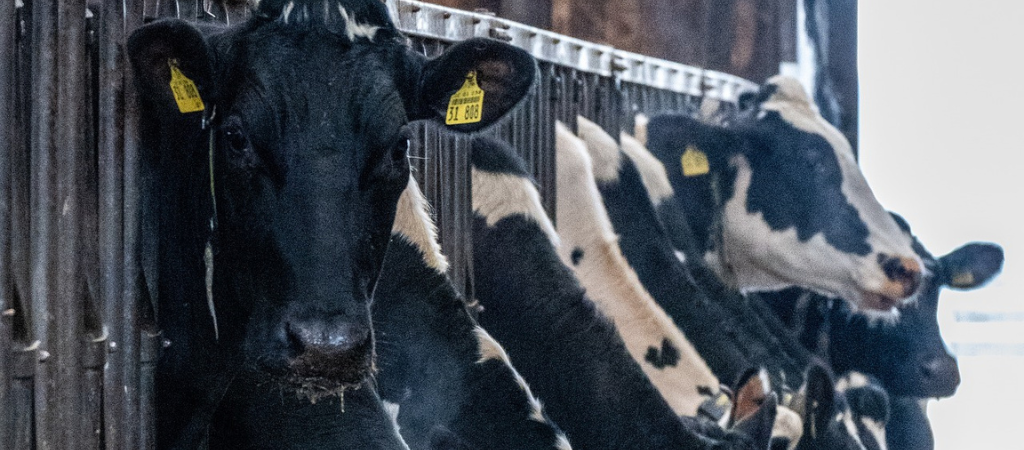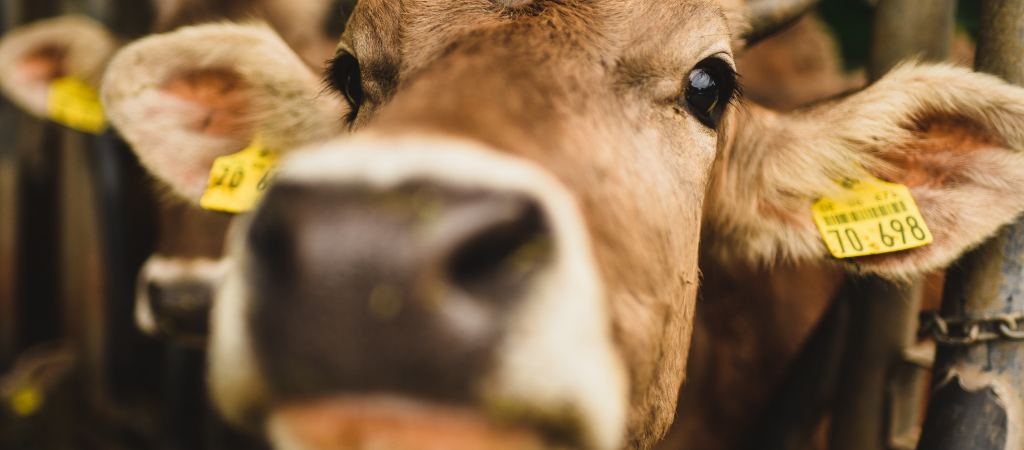Somatic cell count (SCC) represents a well-established indicator for udder health, highlighting potential intra-mammary-infections, and a milk quality parameter.
Previously, we discussed the impact of different levels of SCC on farmers’ and processors’ profitability1 and saw that there is a clear advantage if bulk tank SCC is reduced to lower levels, in terms of milk quality, profit and efficiency.
The current climate and economic scenario are stressing once again that efficiency and improved management in dairy farming are vital to survive and allow the reduction of milk losses. Global sustainability is everyone’s main goal.
In this context, working efficiently to lower herd SCC requires improved strategies and useful tools to benefit both economic aspects and milk production.
In a recent study, Chen and colleagues2 estimated the recoverable milk quantity and profit per cow for dairy herds that move from one herd average SCC value to a lower one. General findings showed that as SCC increased, milk yield decreased. Milk yields decreased also per increased days in milk. There was also an effect due to the season (warmer months generated lower milk loss – 0.4 kg per day for first lactation cows and 0.7 for higher parity cows).
What was the estimated benefit of reducing bulk tank SCC?
At farm level, the calculated annual benefit of a reduction in bulk tank SCC of 100,000 cells/ml was $58 (Canadian dollars) per cow associated with reduced milk loss, which is less than the estimated annual cost ($662) of mastitis for a sample herd in Canada.
Such an improvement can be achieved through effective prevention strategies.
Along with efficient management, OZOLEA provides dairy farmers with an innovative no-withdrawal tool, OZOLEA-MAST. It is a veterinary device intended for intra-mammary use in dairy cows.
OZOLEA-MAST can help lower high and chronically high SCCs, depending on the causes leading to such high values. As a matter of fact, OZOLEA-MAST allows the mammary tissue to autonomously regenerate, thus improving udder functionality. The result of tissue regeneration is a reduction in epithelial flaking (flaking cells) and a better defensive action against pathogens. This is due to better performance of the improved tissue condition.
To support the efficacy of OZOLEA-MAST at its best, OZOLEA provides dairy farmers with the right protocol in this situation (Protocol M3 – Udder, lactation: chronically high somatic cell count3).
Improving SCC in dairy cows means extending the functional longevity, keeping high production performance, and reducing the occurrence of severe mastitis cases on farms. Why not try OZOLEA-MAST, then?
References
1 Somatic cell count: to what extent does it affect the dairy sector profitability?
2 Chen, H. & Weersink, Alfons & Kelton, D.F. & von Massow, Michael. (2021). Estimating milk loss based on somatic cell count at the cow and herd level. Journal of Dairy Science. 104. Doi: 10.3168/jds.2020-18517.
3 Dealing with chronically high SCCs in dairy cows.
https://www.ozolea.it/dealing-with-chronically-high-sccs-in-dairy-cows/


